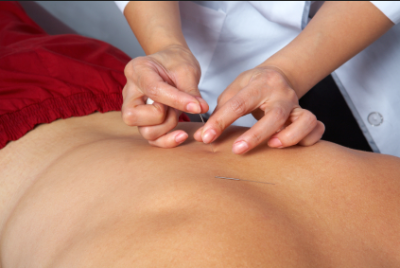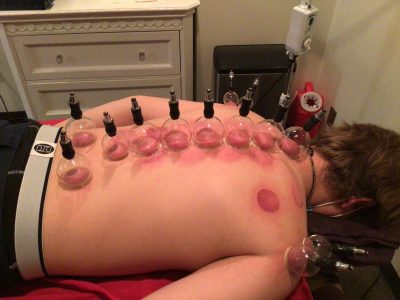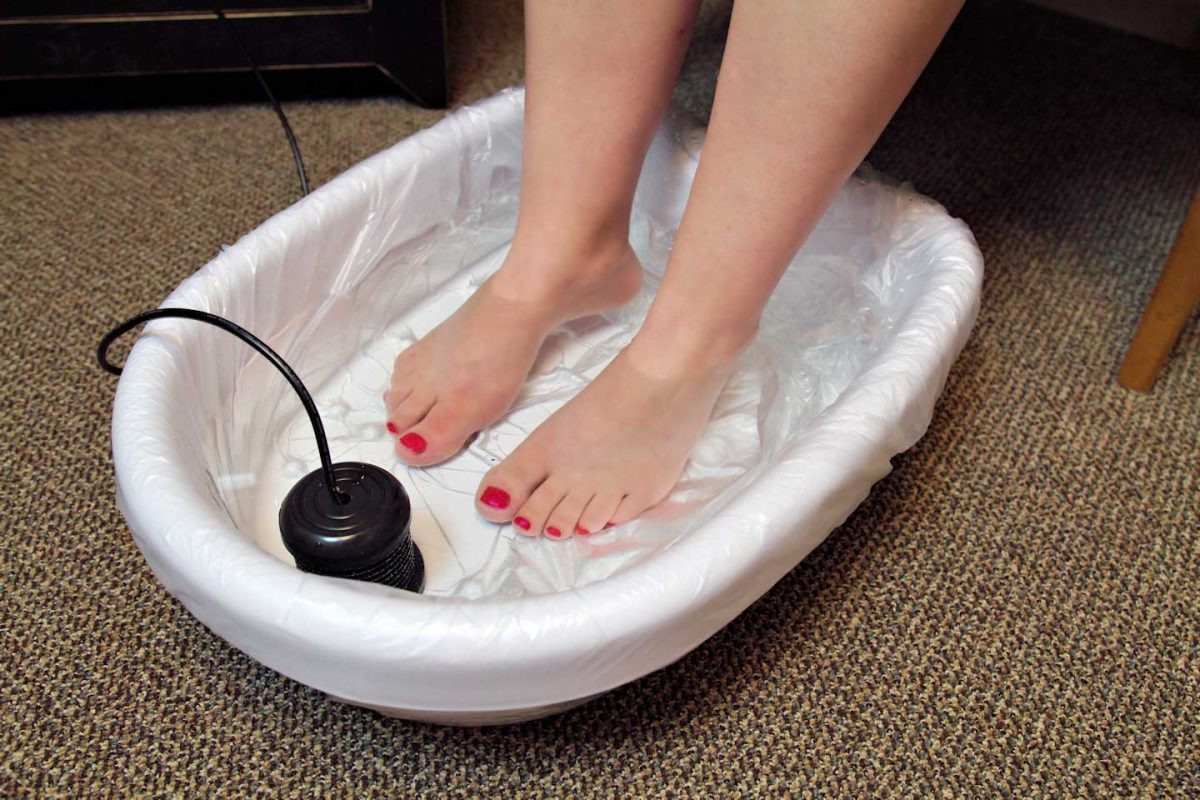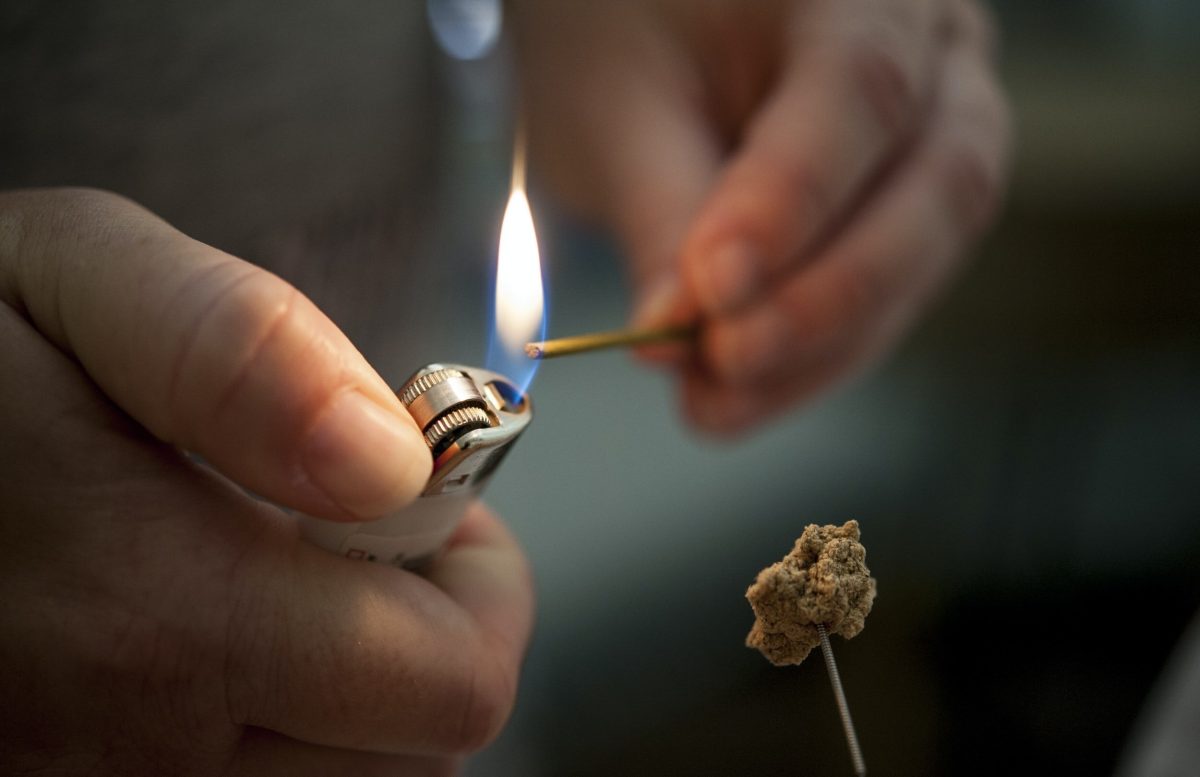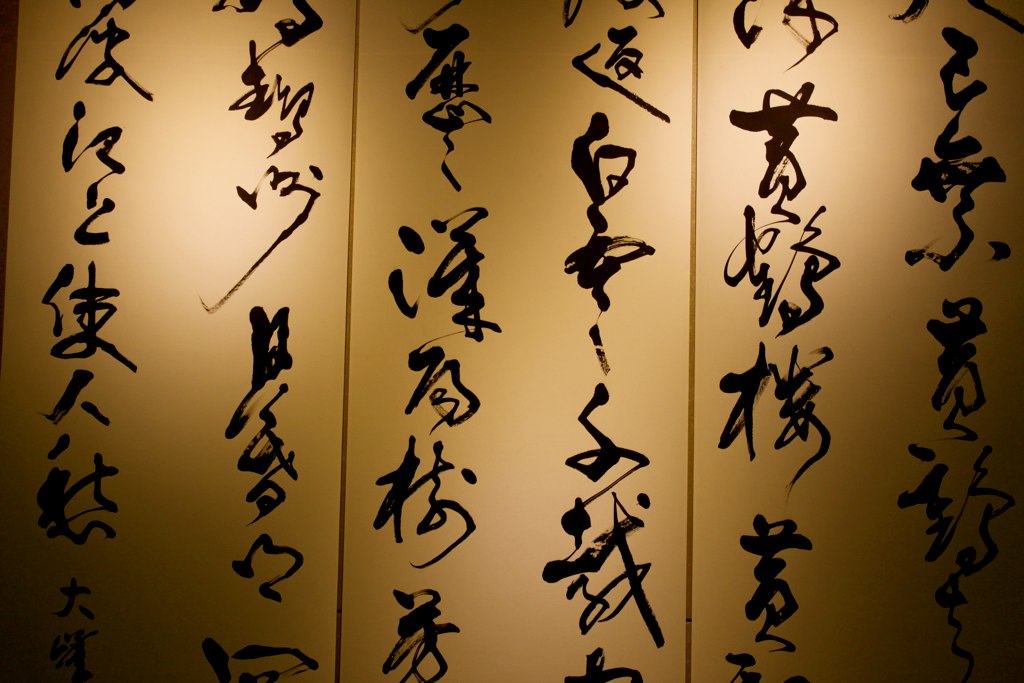Dry Needling
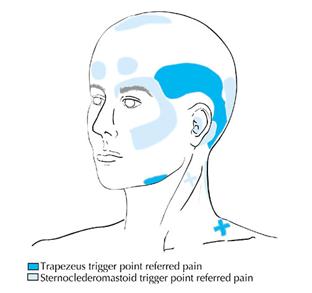
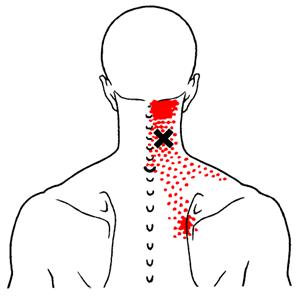
Trigger Point Dry Needling (TDN), or Neurofunctional Acupuncture, is a treatment for muscular tightness and spasms which commonly follow injuries and often accompany the degenerative process. This muscular tightness and spasm will cause compression and irritation of the nerves exiting the spine. When the nerves are irritated, they cause a protective spasm of all the muscles to which they are connected. This may cause peripheral diagnoses, such as carpel tunnel, tendonitis, osteoarthritis, decreased mobility and chronic pain. Small, thin needles are inserted in the muscles at the trigger points causing the referral pain. The muscles contract and release, improving flexibility of the muscle and decreasing symptoms.
You may feel sore after treatment in the area of the body you were treated. This is normal but does not always occur. This sensation varies depending on the area of the body treated and from person to person. It typically feels like you have had an intense workout at the gym and will dissipate in anywhere from a few hours to a few days. TDN is a distinction based on a specific course called “Dry Needling”. All our therapist are trained in either TDN or neurofunctional acupuncture and can address your musculo-skeletal pain and discomfort. If you would like this technique performed, please let us know. This is a longer appointment and we will book extra time to make sure your needs are met.
What to expect after receiving Trigger Point Dry Needling (TDN)
How will I feel after a session of TDN?
- You may feel sore immediately after treatment in the area of the body you were treated, this is normal but does not always occur. It can also take a few hours or the next day before you feel soreness. The soreness may vary depending on the area of the body that was treated as well as varies person to person, but typically it feels like you had an intense workout at the gym. Soreness typically lasts 24-48 hours. If soreness continues beyond this please contact your provider.
- It is common to have bruising after treatment; some areas are more likely than others. Some common areas are shoulders, base of neck, head and face, arms and legs. Large bruising rarely occurs, but can. Use ice to help decrease the bruising and if you feel concern please call your provider.
- It is common to feel tired, nauseous, emotional, giggly or “loopy”, and/or somewhat “out of it” after treatment. This is a normal response that can last up to an hour or two after treatment. If this lasts beyond a day contact your provider as a precaution.
- There are times when treatment may actually make your typical symptoms worse. This is normal. If this continues past the 24 hour – 48 hour window, keep note of it, as this is helpful information and your provider will then adjust your treatment plan based on your report if needed. This does not mean TDN cannot help your condition.
What should I do after treatment, what can I do, and what should I avoid?
- It is highly recommended that you increase your water intake for the next 24 hours after treatment to help avoid soreness.
- It is recommended that you soak in a hot bath or hot tub to help avoid post treatment soreness.
- After treatment you may do the following based on your comfort level, if it hurts or exacerbates your symptoms then stop:
- Work out and/or stretch
- Massage the area
- Use a heating pad
- Avoid ice unless you are icing a bruise, heat is better for muscle soreness.
- Drink alcohol, but it is recommended you do not do so excessively.
- Take Tylenol, Ibuprofen/Motrin, aspirin etc. is ok
If you are feeling light headed, having difficulty breathing, having chest pain or any other concerning symptoms after treatment CALL us immediately. If you are unable to get a hold of us, call your physician.
Other Services
